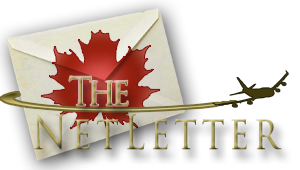|
British Commonwealth Pacific Airlines or BCPA, was an airline registered in New South Wales, Australia in June 1946 with headquarters in Sydney.
It was formed by the governments of Australia, New Zealand and the United Kingdom to pursue trans-Pacific flights.
A 'Hands across the Pacific' gesture by Trans-Canada Air Lines and British Commonwealth Pacific Airlines resulted in new facility "of air travel between Australia, New Zealand and Canada".
TCA was appointed the Canadian representative of BCPA, the airline which links this country with the two sister dominions "down under."
For some time TCA had been dispatching and servicing the Commonwealth airline's aircraft at Vancouver, the terminal for the Pacific route. Company offices in North America looked after complete ticketing and reservations requirements for travellers who flew from points in Canada to the Antipodes.
BCPA operated an average of six flights monthly between Sydney and Vancouver; flying time was 48 hours. Featured enroute was a day stop-over at Honolulu and Fiji.
BCPA offered the only non-stop service from Vancouver to San Francisco, where Honolulu flights originate. The Australian airline represented TCA in Sydney under a reciprocal agreement.
With the long over-water legs of the Pacific service planned at night to facilitate astro navigation, the sleeper service offered by BCPA was no doubt very welcome to its passengers.
As shown, the seats could be folded down to make a lie-flat bed, something that would not make a re-appearance on the Pacific for many, many years!
|

